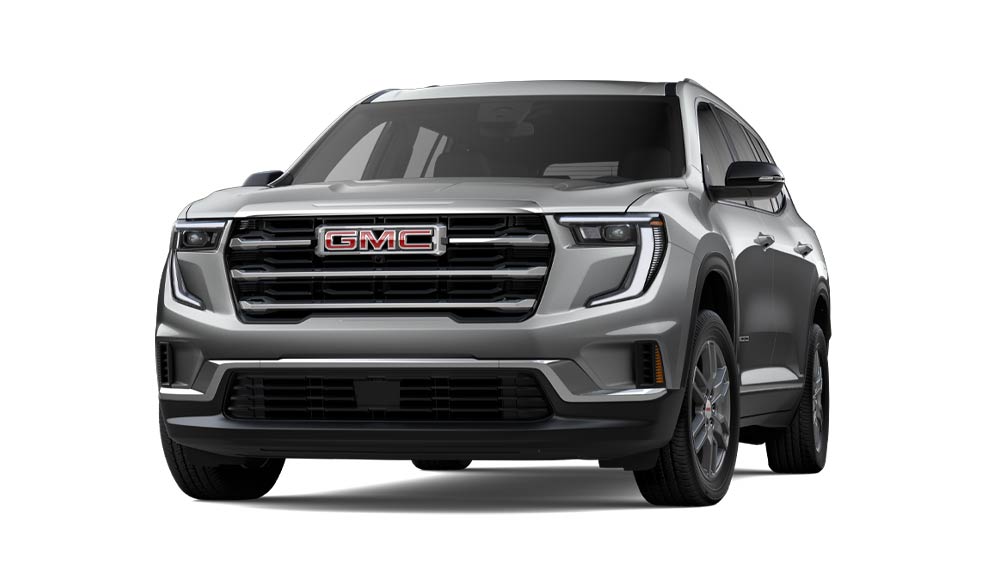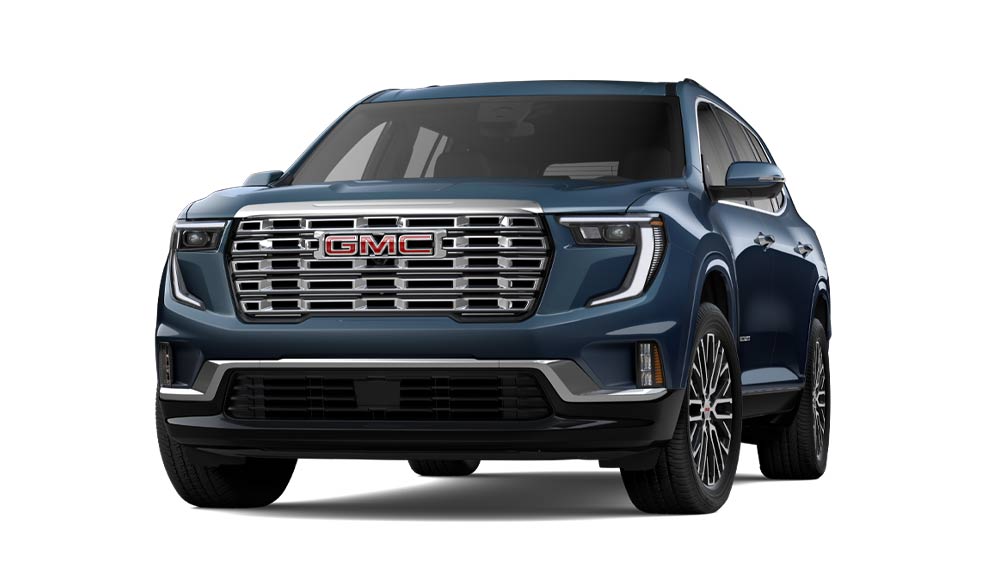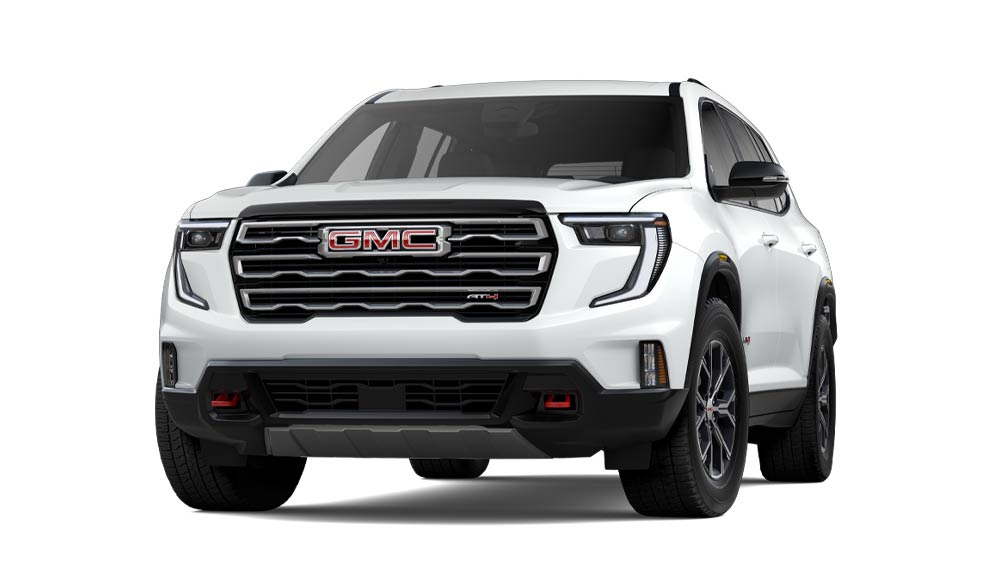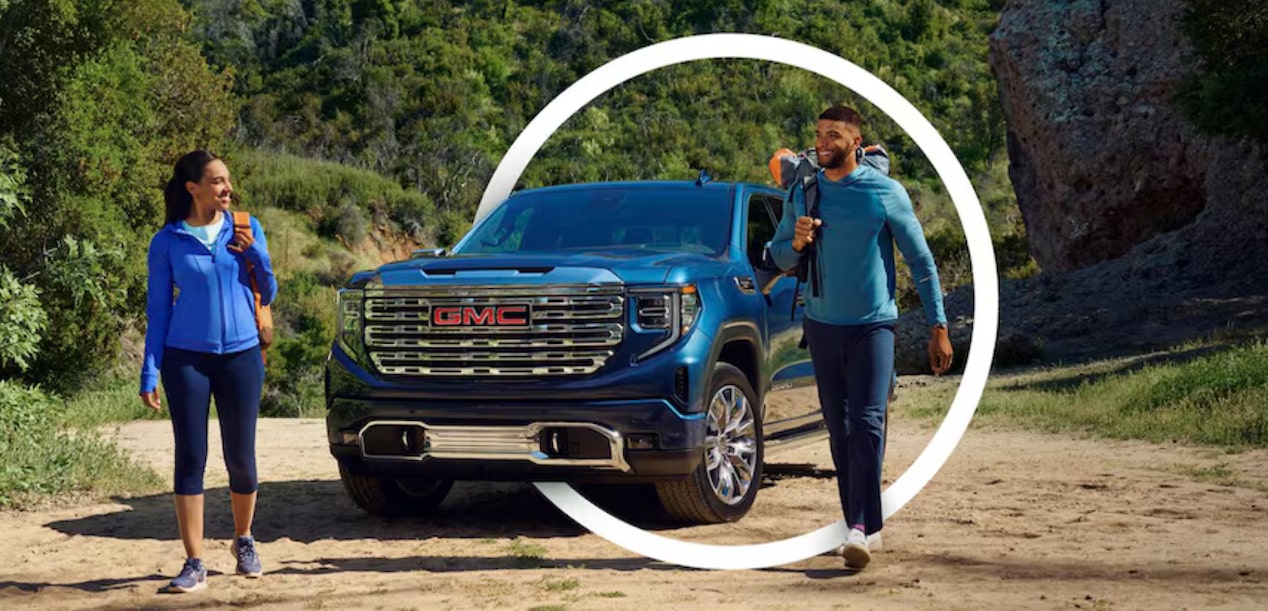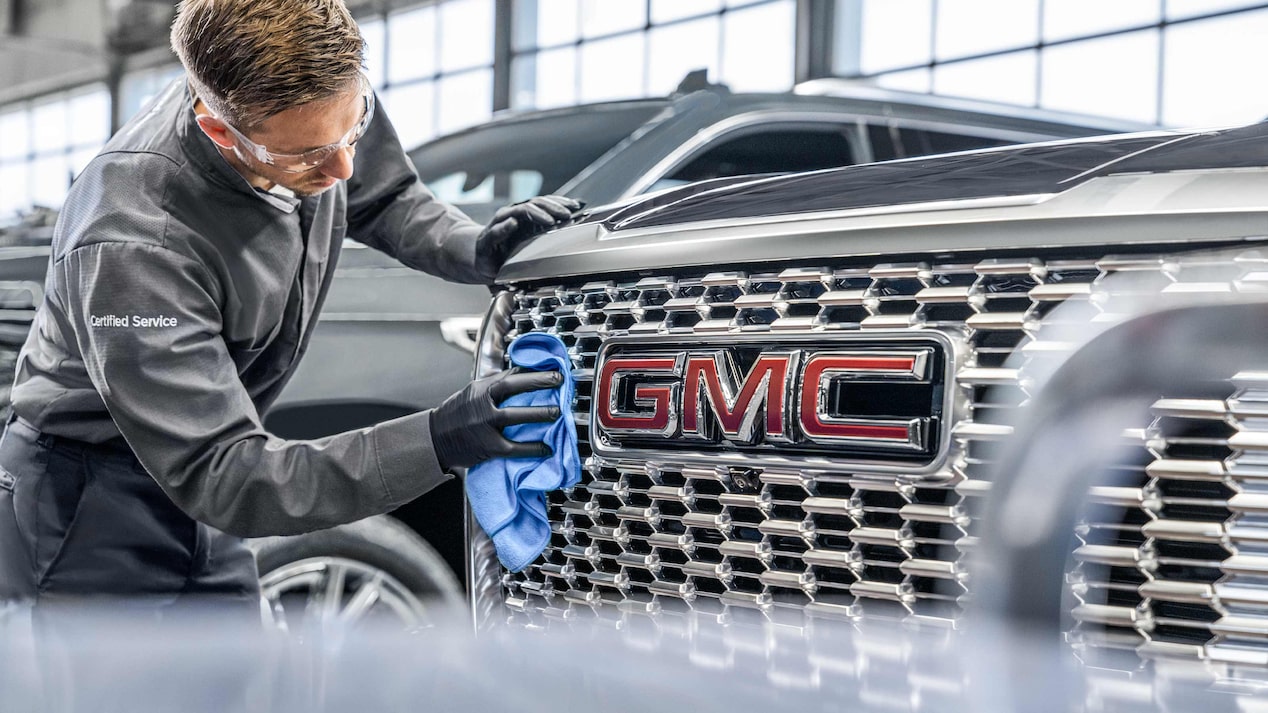LET THE EXPERTS HANDLE YOUR BRAKES
The braking system on your vehicle delivers stopping power to the wheels. Make sure to have your brakes serviced regularly to help prevent unnecessary damage to the rotors, calipers, and other related systems. It is recommended that a trained professional inspect and, if necessary, service your braking system to help ensure all components are working properly and as designed.
Whether you need brake service or replacement, your Certified Service technician can help you get safely—and confidently—back on the road. They will recommend quality brake components such as ACDelco, that are designed, tested, and backed by GMC. After all, no one knows your vehicle and it’s components better than your Certified Service experts.

BRAKE TROUBLE SIGNS QUIZ:
ANSWER YES OR NO
- Are your brakes making squealing, chirping, or grinding noises?
- Does your brake pedal pulsate or feel soft?
- Does it take longer distances to come to a complete stop?
- Does your vehicle pull to one side when stopping?
- Does your steering wheel shake when applying brakes?
- Do you see visibly excessive brake dust on the wheels?
If you answered “Yes” to any of the questions, have your GMC Certified Service technicians inspect your brakes right away.
BRAKE WEAR BASICS


PROFESSIONAL GRADE GMC PARTS ONLINE
GM Genuine Parts and ACDelco parts are now available to purchase online through participating sellers. Click to search and purchase the only parts for your GMC that are backed by General Motors.









